High CRI fluorescents: any experience with Philips f32t8/tl950?
arley_gw
17 years ago
Related Stories

LIFEThe Good House: An Experience to Remember
A home that enriches us is more than something we own. It invites meaningful experiences and connections
Full Story
LIGHTINGThe Lowdown on High-Efficiency LED Lighting
Learn about LED tapes, ropes, pucks and more to create a flexible and energy-efficient lighting design that looks great
Full Story
FUN HOUZZ10 Things People Really Don’t Want in Their Homes
No love lost over fluorescent lights? No shocker there. But some of these other hated items may surprise you
Full Story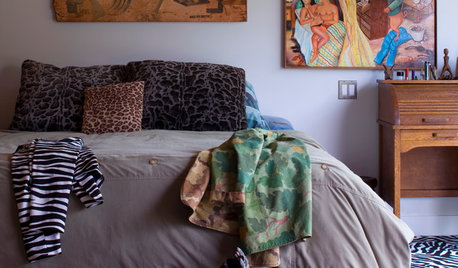
DECORATING GUIDESFix Those 'Whoopsies': 9 Fast Solutions for Decorating Mistakes
Don't suffer in silence over a paint, furniture or rug snafu — these affordable workarounds can help
Full Story
LIGHTINGWhat to Know About Switching to LED Lightbulbs
If you’ve been thinking about changing over to LEDs but aren't sure how to do it and which to buy, this story is for you
Full Story
DIY PROJECTSHide All Those Wires in a DIY Charging Station
Keep your gadgets handy and charged with a flexible storage board you can design yourself
Full Story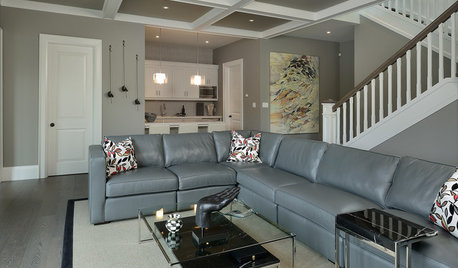
COLORWant Gorgeous Interior Colors? Look to the Light
See how to manipulate natural and artificial light — and learn about those baffling new bulbs — to get the exact room colors you want
Full Story
MOST POPULARWhen Does a House Become a Home?
Getting settled can take more than arranging all your stuff. Discover how to make a real connection with where you live
Full Story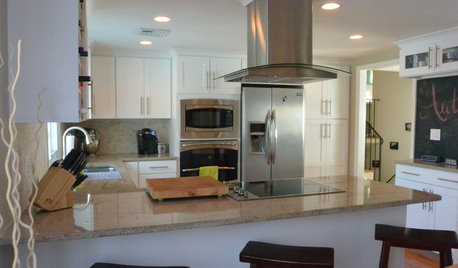
BEFORE AND AFTERSA ‘Brady Bunch’ Kitchen Overhaul for Less Than $25,000
Homeowners say goodbye to avocado-colored appliances and orange-brown cabinets and hello to a bright new way of cooking
Full Story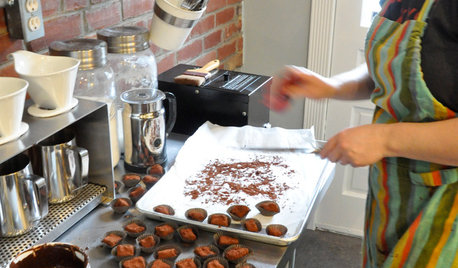
KITCHEN DESIGNLove to Cook? We Want to See Your Kitchen
Houzz Call: Show us a photo of your great home kitchen and tell us how you’ve made it work for you
Full Story





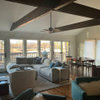
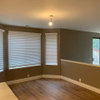

dim4fun
arley_gwOriginal Author
Related Professionals
Green Bay Lighting · Lake Zurich Furniture & Accessories · Port Charlotte Furniture & Accessories · Springdale Furniture & Accessories · Owasso Furniture & Accessories · Clark Furniture & Accessories · Millburn Furniture & Accessories · Birmingham Interior Designers & Decorators · New Providence Interior Designers & Decorators · Ridgefield Park Interior Designers & Decorators · Canton Decks, Patios & Outdoor Enclosures · Coatesville Decks, Patios & Outdoor Enclosures · Fullerton Decks, Patios & Outdoor Enclosures · Little Rock Decks, Patios & Outdoor Enclosures · Montgomery County Decks, Patios & Outdoor Enclosuresdallasbill
DavidR
gordonr
arley_gwOriginal Author
gordonr
arley_gwOriginal Author
seppspenlinhauer_hotmail_com
lee676
pappabell